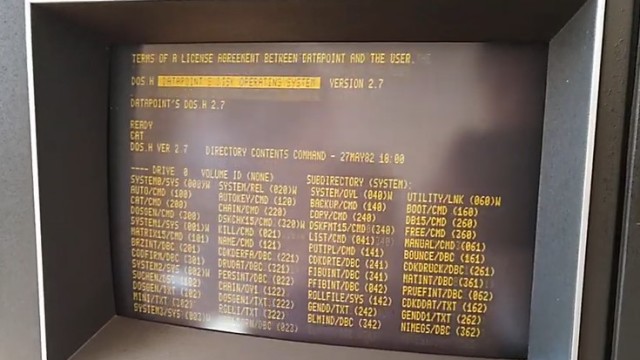Personal Computers operating systems
Throughout the history of computing, different computers have incorporated different operating systems.
At first it was simply a matter of calling systems for such basic functions as reading and writing to disks and storage devices.
Later on, the text interface was changed to a graphical window interface. And multitasking was incorporated, which allowed to have more than one program running at the same time on the computer.
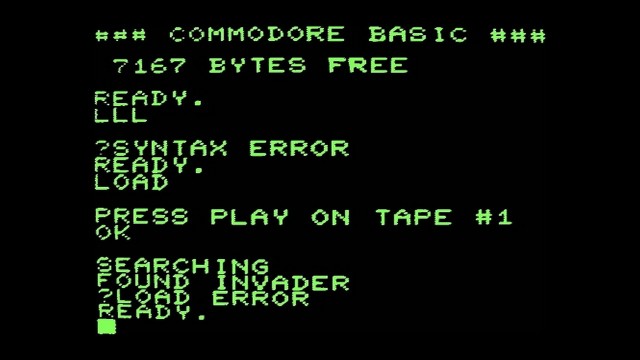 BASIC
BASIC
Developed by: John George Kemeny & Thomas Eugene Kurtz
Launched: 1964
In home microcomputers, Basic came installed in ROM memory and acted as a command interpreter and primitive operating system.
More ↓
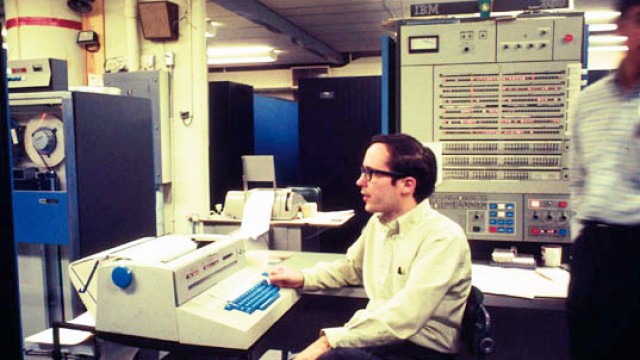 TSS/360
TSS/360
Developed by: IBM
Launched: 1967
It is the time-sharing operating system created by IBM for its Model 67 minicomputers in the System/360 line in 1967; it was one of the first time-sharing operating systems.
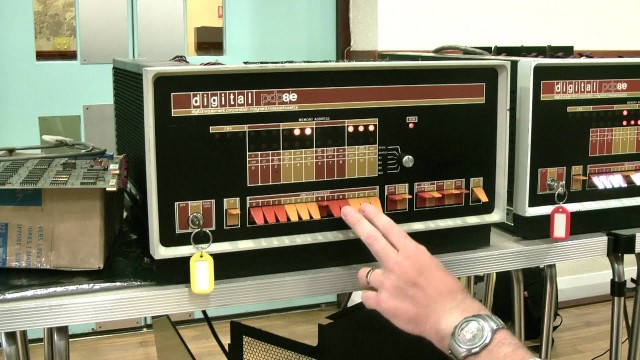 TSS/8
TSS/8
Developed by: DEC
Launched: 1968
TSS/8 is a time-sharing operating system co-written by Don Witcraft and John Everett at Digital Equipment Corporation in 1967.
More ↓
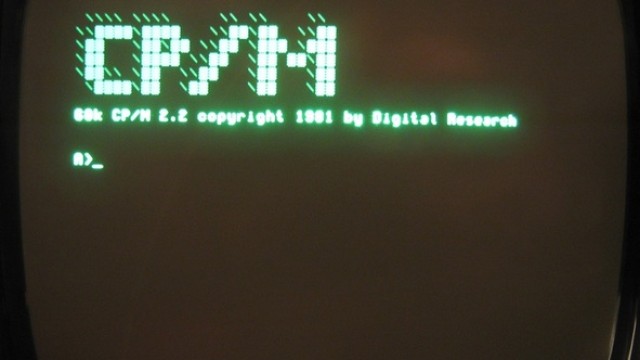 CP/M
CP/M
Developed by: Digital Research, Inc. / Gary Kildall
Launched: 1974
It was an operating system created by Gary Kildall of Digital Research, Inc. for computers with 8080 CPUs. Becoming the most popular operating system among personal computers in the 1970s.
More ↓
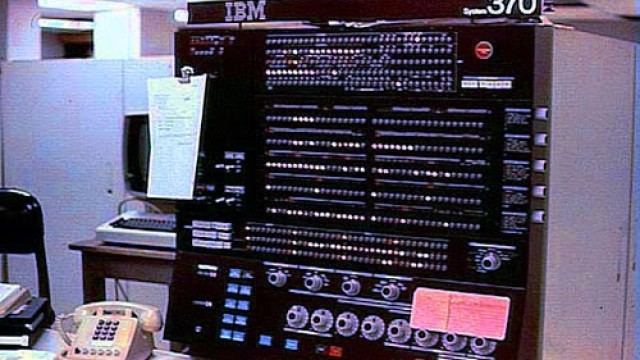 MVS
MVS
Developed by: IBM
Launched: 1974
MVS was the most widely used operating system on the IBM System/370 and System/390 mainframes.
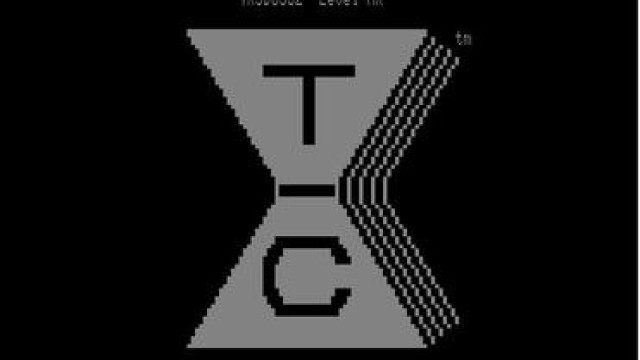 TRSDOS
TRSDOS
Developed by: Tandy
Launched: 1977
TRSDOS (Tandy Radio Shack Disk Operating System) is the operating system for the Tandy TRS-80 line of eight-bit Zilog Z80 microcomputers sold through Radio Shack from 1977 to 1991.
Tandy manuals recommended that it be pronounced triss-doss.
TRSDOS should not be confused with Tandy DOS, a version of MS-DOS licensed by Microsoft for Tandy's x86 line of personal computers (PCs).
Tandy Corporation's TRS-80 microcomputer did not have a disk drive or disk operating system at its release. The first version of TRSDOS, by Randy Cook, was so buggy that others wrote alternatives, including NewDOS and LDOS. After disputes with Cook over ownership of the source code, Tandy contracted Logical Systems, the developer of LDOS, to continue development of TRSDOS.
TRSDOS 6, distributed with the TRS-80 Model 4 in 1983, is identical to LDOS 6.00.
More ↓
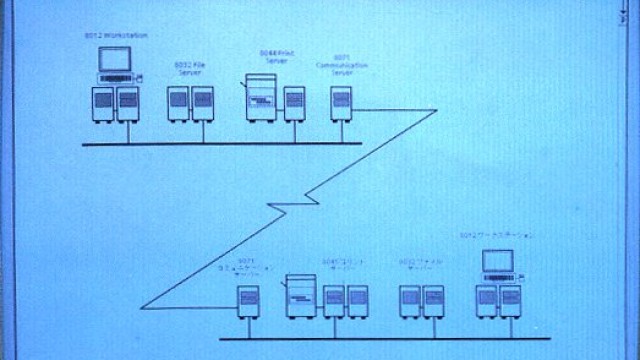 Pilot / ViewPoint
Pilot / ViewPoint
Developed by: Xerox
Launched: 1977
Pilot is a single-user, multitasking operating system designed by Xerox PARC in early 1977, written in the Mesa programming language, with a total of approximately 24,000 lines of code, for the Xerox Star computer.
It was later rewritten to improve performance on the new Xerox 6085 hardware and renamed ViewPoint for its release in 1985.
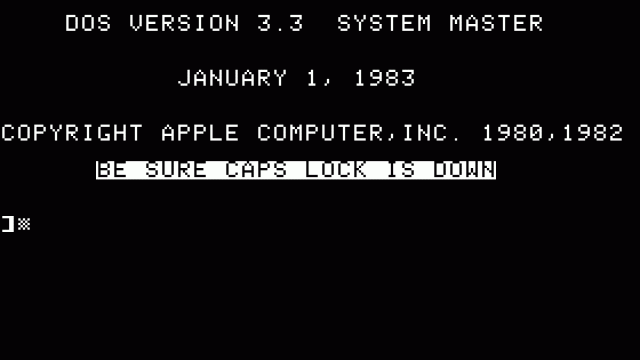 Apple DOS
Apple DOS
Developed by: Apple
Launched: 1978
The disk operating system for the Apple II series of microcomputers.
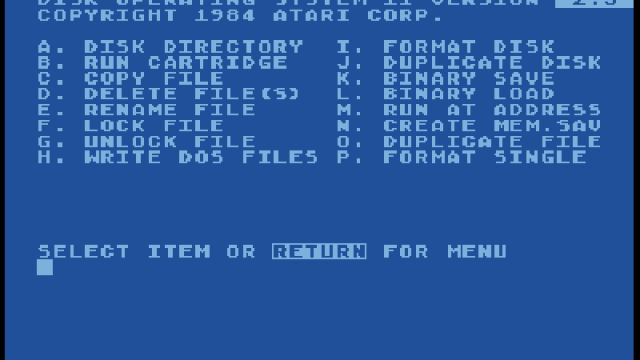 Atari DOS
Atari DOS
Developed by: Atari
Launched: 1979
Atari DOS is the disk operating system used by the Atari 8-bit family of computers, which came integrated into the ROM.
More ↓
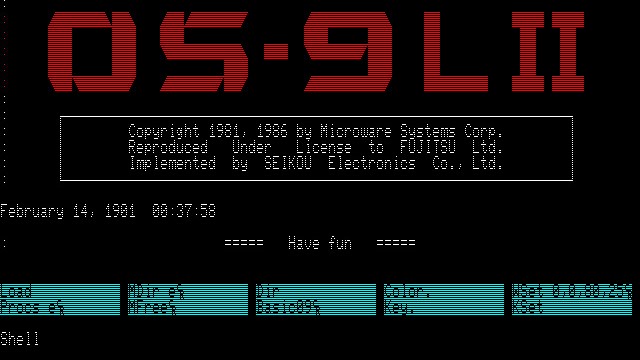 OS-9
OS-9
Developed by: Microware Systems
Launched: 1979
A Unix-based multitasking, multi-user operating system developed by Microware Systems Corporation in the 1980s for the Motorola 6809 microprocessor, one of the most advanced 8-bit CPUs ever created.
It was originally a joint effort between Microware and Motorola.
Microware was later acquired by Radisys Corp in 2001, and was bought back in 2013 by its current owner, Microware LP.
More ↓
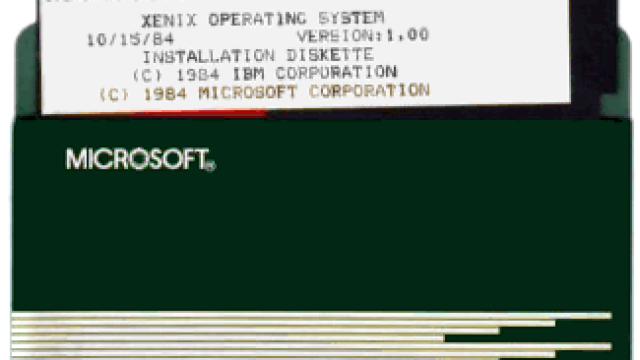 Xenix
Xenix
Developed by: Microsoft
Launched: 1980
The version of Unix developed by Microsoft.
More ↓
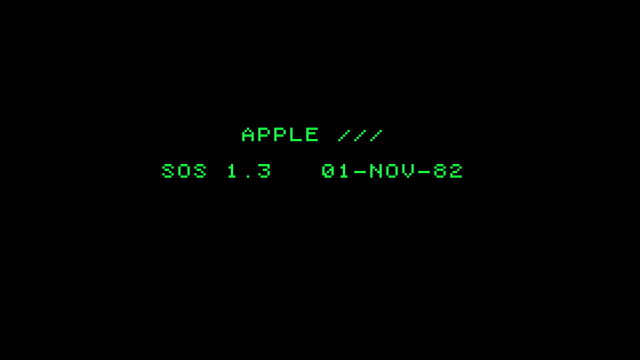 Apple SOS
Apple SOS
Developed by: Apple
Launched: 1980
The Sophisticated Operating System was the disk operating system for the Apple III computers.
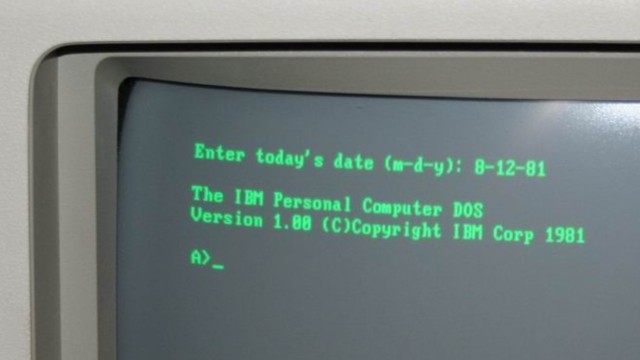 PC DOS
PC DOS
Developed by: IBM y Microsoft
Launched: 1981
The disk operating system for IBM PCs, which IBM commissioned from Microsoft.
Since Microsoft didn't have such a system, it bought QDOS from Tim Paterson for a ridiculously low price, and with its sales, it became a giant in the industry.
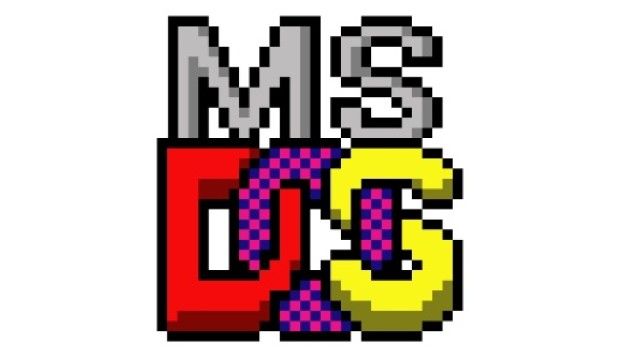 MS-DOS
MS-DOS
Developed by: Microsoft
Launched: 1981
Microsoft's version of the most widespread DOS family of operating systems, as it was included in IBM PC compatible computers.
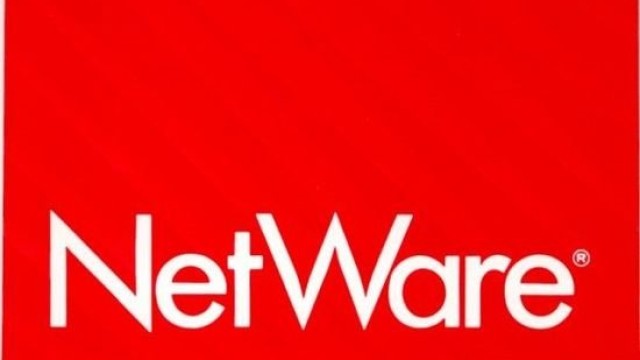 NetWare
NetWare
Developed by: Novell
Launched: 1983
Novell Netware was a network operating system that challenged Microsoft's dominance in networked desktop computers, primarily in office environments, using the IPX network protocol.
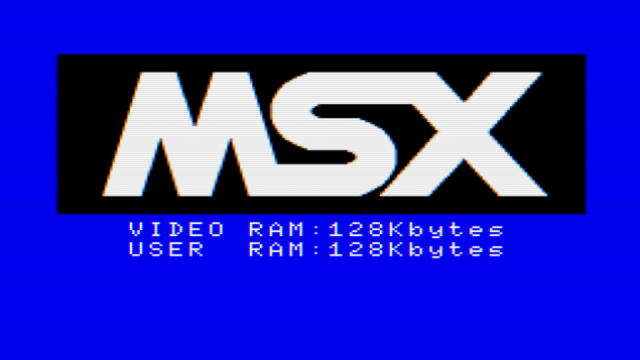 MSX-DOS
MSX-DOS
Developed by: Microsoft
Launched: 1984
The operating system created by Microsoft for 8-bit computers with the MSX standard, which was a mix between MS-DOS 1.1.25 and CP / M-80 2.
More ↓
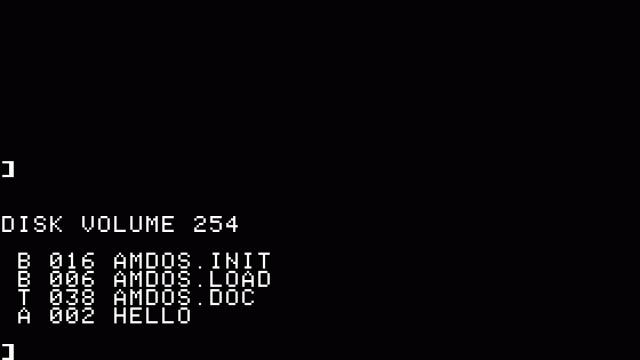 AMSDOS
AMSDOS
Developed by: Amstrad
Launched: 1984
The operating system for Amstrad CPC computers, the first version of which appeared for the CPC 464 on 3-inch floppy disks.
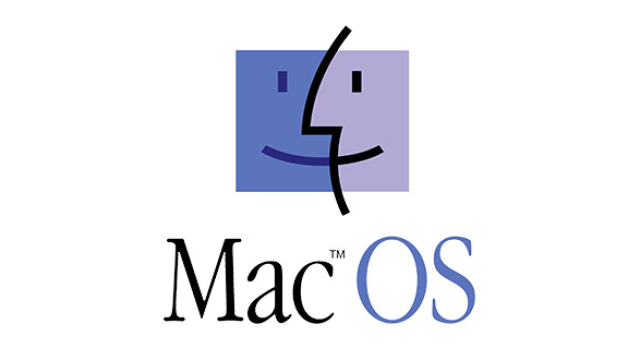 Mac OS
Mac OS
Developed by: Apple Inc. / Bill Atkinson, Jef Raskin & Andy Hertzfeld
Launched: 1984
The Mac OS was the operating system that launched Apple Inc.'s Macintosh line of computers.
More ↓
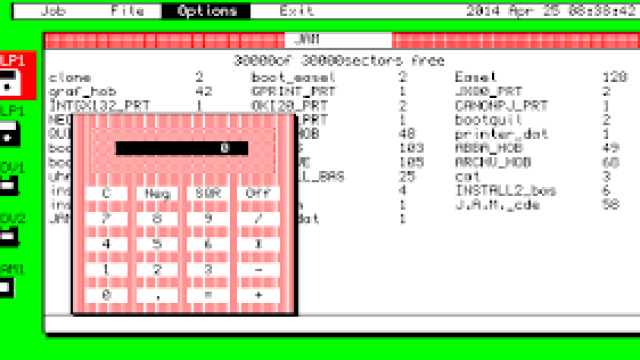 Sinclair QDOS
Sinclair QDOS
Developed by: Sinclair Research
Launched: 1984
Sinclair QDOS is the multitasking operating system found on the Sinclair QL personal computer and its clones.
More ↓
 GEM
GEM
Developed by: Digital Research Inc.
Launched: 1985
GEM is a windowing environment from Digital Research for use with the CP/M operating system on Intel 8088 processors and the Motorola 68000 microprocessor.
A DOS version was later released.
More ↓
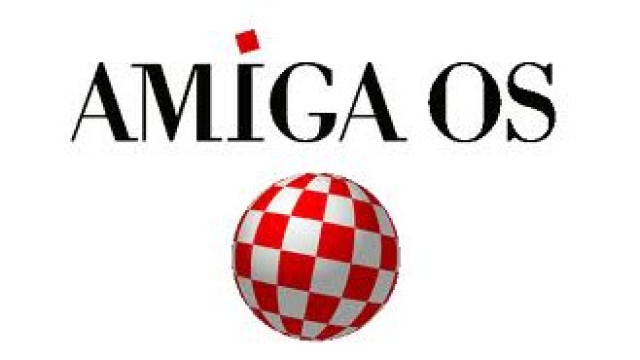 AmigaOS
AmigaOS
Developed by: Commodore
Launched: 1985
It was developed as an operating system for the Commodore Amiga 1000, which incorporated a 16-bit Motorola 68mil family CPU, up to AmigaOS 4 which only runs on PowerPC microprocessors.
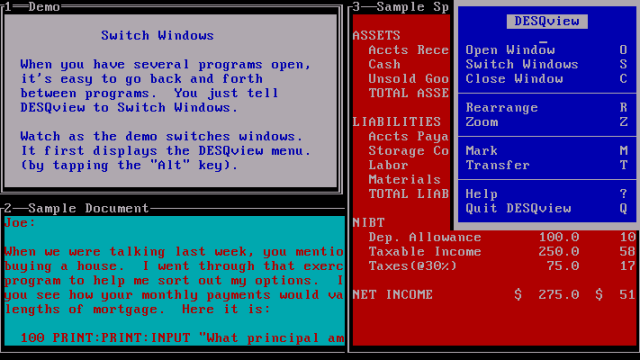 DESQview
DESQview
Developed by: Quarterdeck Office Systems
Launched: 1985
DESQview was a text-based multitasking operating environment developed by Quarterdeck Office Systems that enjoyed some popularity in the late 1980s and early 1990s, allowing users to run multiple programs simultaneously in multiple windows.
More ↓
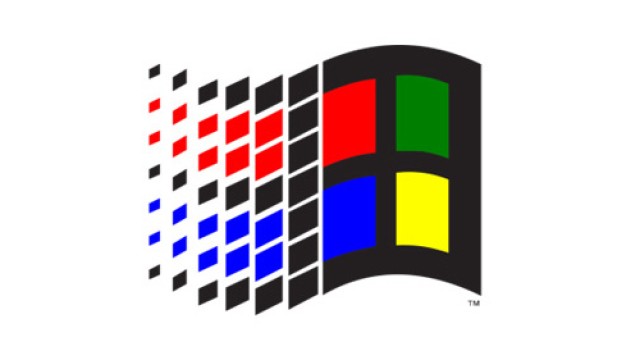 Windows
Windows
Developed by: Microsoft
Launched: 1985
Originally created as a complement to MS-DOS in response to the growing emergence of window environments on PC computers, it would eventually capture 90% of the market.
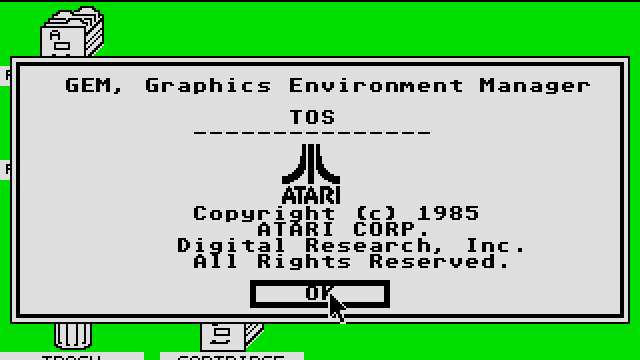 TOS
TOS
Developed by: Atari
Launched: 1985
Arati TOS was the operating system for the Atari ST range of computers.
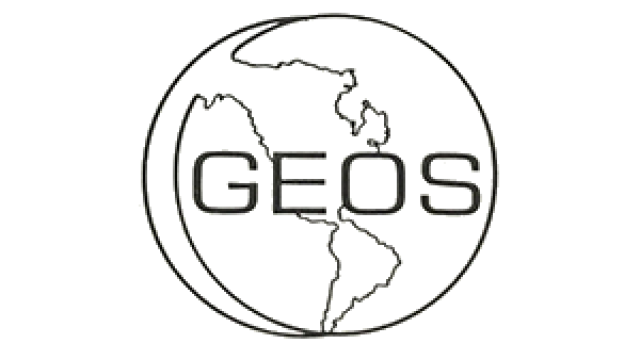 GEOS
GEOS
Developed by: Berkeley Softworks
Launched: 1986
GEOS (Graphic Environment Operating System) was a graphical operating system developed by Berkeley Softworks (later Geoworks) for the Commodore 64. This was the best-selling computer of all time, and would become the third most popular operating system in the world, after MS-DOS and Mac OS, in the late 1980s.
More ↓
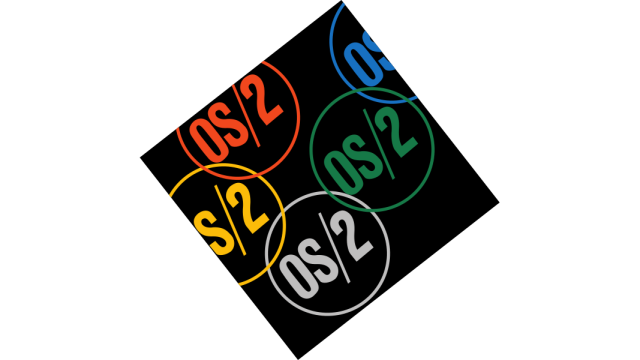 OS/2
OS/2
Developed by: IBM & Microsoft (leadered by Ed Iacobucci, software dessigner of IBM)
Launched: 1987
The OS/2 operating system was initially developed by IBM and Microsoft as a replacement for DOS.
But Microsoft later withdrew from development and dedicated itself to Windows, so IBM continued developing it alone.
More ↓
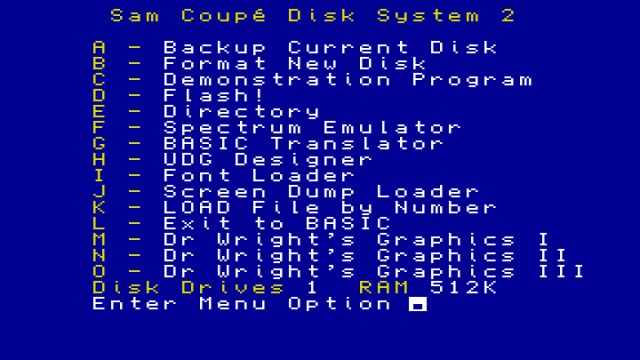 SAMDOS
SAMDOS
Developed by: Bruce Gordon
Launched: 1990
DOS system created for the SAM computer.














